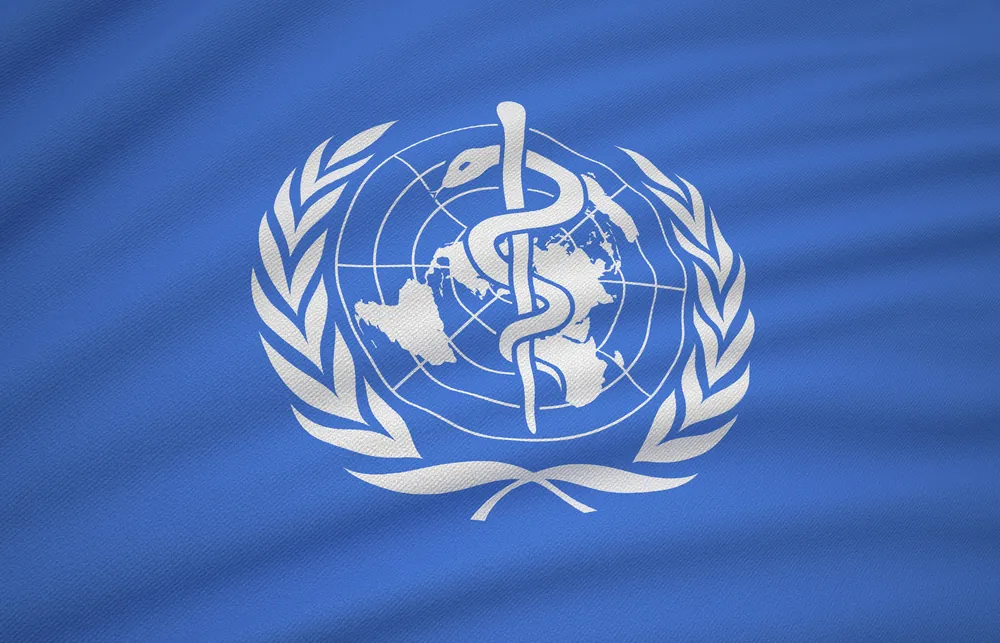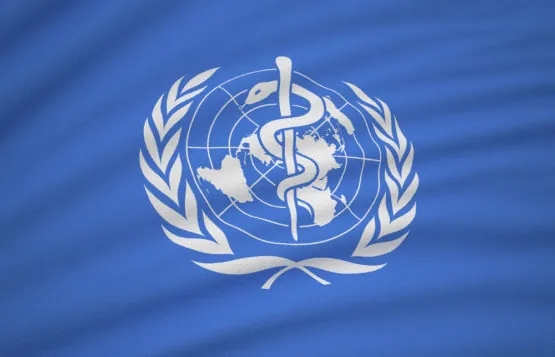Not long ago, we wrote about some complications involving the WHO 13th programme of work. In the initial version of this document, developed by the WHO working group in November 2017, the problems of the elderly were nearly completely overlooked. The joint efforts of our community helped to bring this critical flaw to public attention.
During the meeting of the working group, it was announced that 90% of the comments received by WHO (out of 400) pointed out the need to set healthy aging as one of the priorities of the new programme of work. However, we didn’t know if our demand to focus on the implementation of the global strategy and action plan on aging and health would be fulfilled.
The good news is that the new draft programme published on the WHO site on January 5th (the draft was removed from WHO site some time after this article and incorporated into the 13th program of work) includes several provisions related to aging. Our community managed to persuade these global policymakers to implement the activities listed in the global strategy to help society prepare for the Decade of Healthy Aging (2020-2030). Let’s have a closer look at these provisions.
15. The foundation of WHO’s work is SDG 3: ensuring healthy lives and promoting well-being for all at all ages. WHO is an organization focused principally on promoting health rather than merely fighting disease, and especially on improving health among vulnerable populations and reducing inequities. Leaving no-one behind, the Organization aims to give women and men, girls and boys, in all social groups, the opportunity to live not just long but also healthy lives. WHO will explore measuring this foundation of its work using healthy life expectancy, which could serve as one overarching measure aligned with SDG 3, complemented by the triple billion goal, which leads to three more specific priorities, each with overlapping one-billion people goals.
Healthy life expectancy (HALE) is an assessment of the period of time that a person can live in full health. HALE is usually lower than total life expectancy, and the difference between HALE and total life expectancy is regarded as years of life lost to disease.
As the goal of our community is to prolong the healthy period of life by addressing the root mechanisms of aging and postponing age-related disease, the introduction of HALE as a way to measure WHO activities is a very good outcome. It is very hard to preserve health in older ages without addressing the underlying mechanisms of aging and implementing an extensive program that involves educating the public about healthy lifestyles. This choice of indicator means that WHO will strengthen its efforts to keep people healthy for as long as possible, which will ease the introduction of rejuvenation interventions once they are available, as it will likely be a cost-effective way to achieve a more favorable HALE.
16. Life expectancy at birth has consistently increased since the 19th century, largely due to socioeconomic developments and public health measures such as vaccination, nutrition and sanitation. Today, socioeconomic, political, cultural, environmental and economic forces continue to drive changes in the burden of disease. However, efforts are needed to ensure that their impact is positive. Poor health literacy coupled with weak health-promoting policies make it difficult for people to make healthy choices for themselves and their families. Investment in health promotion and disease prevention allows countries to address economic concerns about the rising costs of the health system and enables potential savings if disease can be avoided.
The WHO draft programme of work refers here to the increasing burden of chronic, non-communicable diseases due to the increasing proportion of people age 60 and over. Indeed, it would be really hard to double or even triple healthcare and pension expenditures for many countries, especially taking into account the ongoing economic crisis. However, this is what aging societies will have to do if HALE does not grow faster.
This is why WHO is only promoting evidence-based interventions that represent the “best buy” scenarios: the most realistic and cost-effective. When it comes to age-related diseases, which can last 20-30 years or longer, prevention could be much cheaper, and it is more humane, as this scenario would reduce unnecessary human suffering. Therefore, we could consider this provision of the new draft programme as supporting our efforts to introduce longevity lifestyles and even “soft” (careful and evidence-based) biohacking.
17. Healthy life expectancy has not increased at the same pace as life expectancy, and increasing age often brings increasing morbidity and reduced functioning, making healthy ageing an important focus. Most disability-adjusted life years in older age are attributable to chronic conditions and the accumulated impact of such conditions can lead to significant loss in function and care dependence in older age. At the same time, there is emerging evidence that healthy ageing depends on early childhood development and is epigenetically determined. Ensuring healthy ageing is an urgent challenge in all countries.
This provision once again underlines how important it is to focus on prevention. I would like to point out that if childhood is perceived as the foundation of healthy lifestyles, longevity advocates receive carte blanche for working with the younger generation. Activists could think of developing corresponding education programs for schools and universities, and this very provision can be a strong argument when offering such a program to educational authorities.
37. Ensuring healthy ageing is central to universal health coverage, just as it is to the other priorities of GPW 13. The number of people over the age of 60 is expected to double by 2050 and this unprecedented demographic transition will require a radical societal response. The Secretariat will support Member States to promote healthy ageing through the actions defined by the Global strategy and action plan on ageing and health (2016), as well as through the Decade of Healthy Ageing that is planned for the period 2020−2030. These actions include aligning health systems to the needs of older populations, with a special focus on enhancing the functioning of older persons and the management of chronic disease; improving access to medicines; developing systems of longterm care including community-based services; promoting palliative care, creating age-friendly environments; and improving measurement, monitoring and understanding of healthy ageing.
This provision is exactly what we were aiming for when calling the members of our community to take part in the Open Consultation or the Draft. As you remember, all mentions of the WHO documents related to aging were absent; this provision clearly shows that we achieved our goal! Even though the global strategy and action plan on aging and health may not be ideal in terms of rejuvenation research promotion, it helps member states navigate the field with more confidence. This global strategy, which we wanted so much to be the foundation of the draft programme provisions related to aging, contains a very important paragraph that every activist should know about:
105. Finally, better clinical research is urgently needed on the etiology of, and treatments for, the key health conditions of older age, including musculoskeletal and sensory impairments, cardiovascular disease and risk factors such as hypertension and diabetes, mental disorders, dementia and cognitive declines, cancer, and geriatric syndromes such as frailty. This must include much better consideration of the specific physiological differences of older men and women and the high likelihood that they will be experiencing mutimorbidities. This could also be extended to include possible interventions to modify the underlying physiological and psychological changes associated with ageing.
Conclusion
Dear friends, this is a victory! Our community managed to influence policymakers at the highest level: the World Health Organization. We managed to ensure that the new programme of work considers aging and age-related diseases to be an important issue, and the resulting global strategy and action plan on aging and health is an effective guide to helping our society adapt to population aging.
In terms of advocacy, this is a complete victory, which shows two important things. First, when we join forces, we can influence global health policy at the highest level. Our community became stronger, and our voice is being heard! Second, this victory shows that dialogue with the UN and its institutions, including decision-makers in these agencies, is possible, and it goes in the directions that we need: more focus on prevention and more focus on public health education related to aging,
I offer special thanks to Dr. Ilia Stambler for initially turning the attention of the community to this issue. I want to thank and congratulate all participants in the Open Consultation with this achievement. Of course, we are still at the beginning of our path to rejuvenation as a public health priority, but outcomes like this one make me believe that there are more victories to come. Let’s keep working, as the main reward is worth it: health, youth, and freedom from age-related diseases for all!



